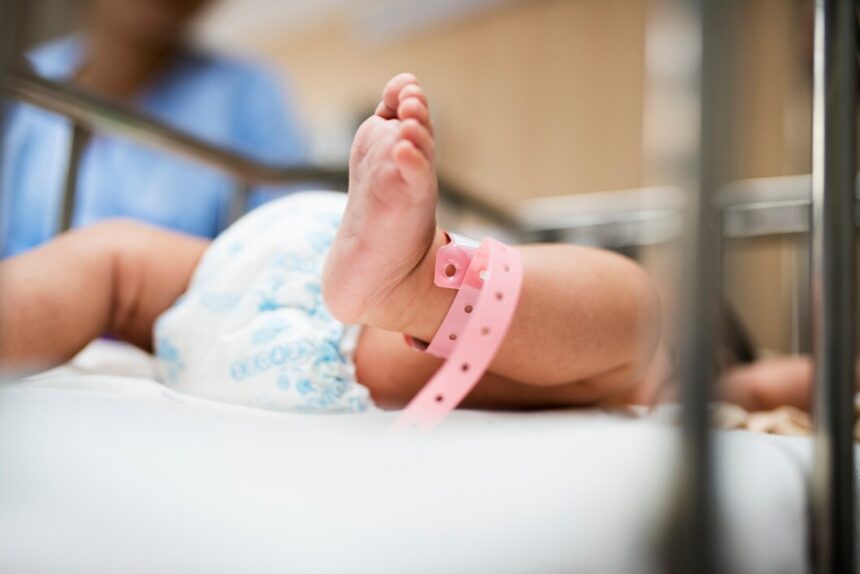Rickets is a rare but serious condition that affects bone development in children, resulting from a deficiency of vitamin D, calcium, or phosphate. Without proper treatment, rickets can lead to skeletal deformities and long-term health complications. Recognizing the signs and symptoms of rickets is crucial for early detection and intervention. In this article, we’ll explore the common signs of rickets and discuss the importance of seeking medical attention for proper diagnosis and treatment.
1. Delayed Growth and Development
One of the primary signs of rickets is delayed growth and development in children. Children with rickets may fail to meet developmental milestones, such as crawling, walking, and gaining weight, at the expected age. Delayed growth can manifest as short stature or slower-than-average growth rate compared to peers.
2. Bowing of the Legs or Knock-Knees
Bowing of the legs or knock-knees is a classic symptom of rickets, resulting from weakened and softened bones. In rickets, the lack of vitamin D, calcium, or phosphate impairs bone mineralization, leading to deformities in the legs. Bowing of the legs may become more pronounced as a child begins to walk and bear weight on the legs.
3. Deformities of the Chest
Rickets can also affect the development of the chest, leading to deformities such as pigeon chest (pectus carinatum) or Harrison’s sulcus—a horizontal depression along the lower border of the rib cage. These chest deformities may become more evident as the child grows and can impact respiratory function if severe.
4. Softening of the Skull (Craniotabes)
Softening of the skull, known as craniotabes, is a common sign of rickets in infants. The bones of the skull may feel soft and flexible to the touch, particularly along the sutures (the fibrous joints between the skull bones). Craniotabes may be detected during a physical examination by a healthcare provider.
5. Delayed Closure of Fontanelles
Fontanelles are the soft spots on a baby’s head where the skull bones haven’t yet fused together. In rickets, the closure of fontanelles may be delayed beyond the normal age range. Prolonged or delayed closure of fontanelles may indicate abnormal bone development and should be evaluated by a healthcare professional.
6. Muscle Weakness and Pain
Children with rickets may experience muscle weakness and pain, particularly in the legs and lower back. Weakness in the muscles can affect mobility and physical activity, leading to difficulty in walking or climbing stairs. Muscle pain may be exacerbated by weight-bearing activities and may interfere with daily functioning.
7. Dental Problems
Dental problems, such as delayed eruption of teeth, enamel defects, and increased risk of cavities, can occur in children with rickets. Vitamin D deficiency during tooth development can impair enamel formation, leading to weaker teeth that are prone to decay. Dental abnormalities may be detected during a dental examination by a dentist.
8. Irritability and Behavioral Changes
Some children with rickets may exhibit irritability, mood changes, or behavioral problems. Irritability may be a result of discomfort or pain associated with bone deformities or muscle weakness. Behavioral changes may include increased fussiness, crying, or difficulty sleeping.
9. Hypocalcemia (Low Calcium Levels)
In severe cases of rickets, children may develop hypocalcemia, a condition characterized by low levels of calcium in the blood. Hypocalcemia can lead to symptoms such as muscle cramps, twitching, numbness or tingling in the extremities, and seizures. Hypocalcemia requires prompt medical attention and may necessitate calcium supplementation.
10. Fractures and Bone Pain
Children with rickets are at increased risk of fractures due to weakened and brittle bones. Fractures may occur with minimal trauma or normal activities and can cause localized pain, swelling, and tenderness. Recurrent fractures or unexplained bone pain should prompt further evaluation for underlying bone disorders.
Seeking Medical Attention
If you suspect that your child is displaying signs of rickets, it’s essential to seek medical attention promptly. A healthcare provider can perform a physical examination, order diagnostic tests such as blood tests and X-rays, and determine the underlying cause of the symptoms. Treatment for rickets typically involves vitamin D supplementation, calcium and phosphate supplementation if necessary, and addressing any underlying nutritional deficiencies.
Recognizing the signs of rickets is crucial for early detection and intervention to prevent long-term complications. Children with rickets may present with delayed growth, skeletal deformities, muscle weakness, dental problems, and other symptoms indicative of impaired bone development. Prompt medical evaluation and appropriate treatment are essential for addressing rickets and promoting healthy bone growth and development in children. If you suspect that your child may have rickets, consult with a healthcare professional for further evaluation and management.










